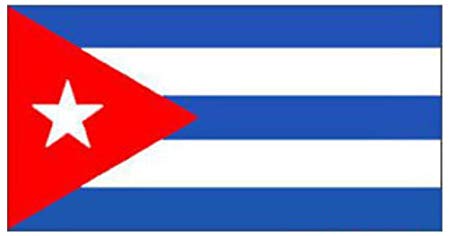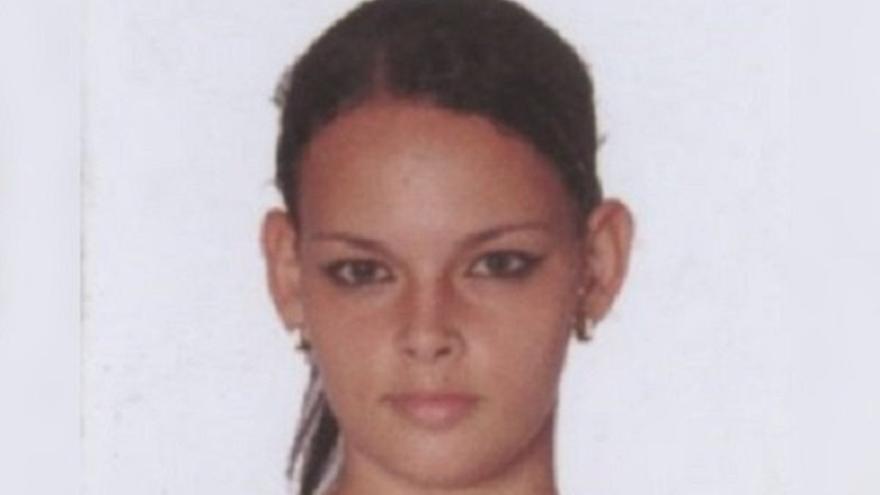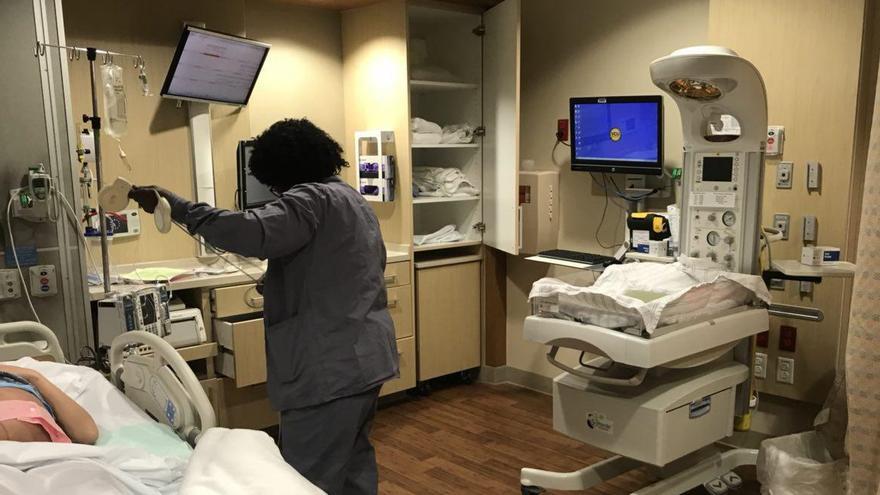At the beginning we were afraid, because no one manages to completely remove himself from all of that omnipresent propaganda that suggests that anyone can die from a lack of medical attention in the United States. Despite the enouraging messages of my very dear friends, deep down we were uncertain about how it would be possible to integrate ourselves in the health care system and have the pregnancy monitored until the time of delivery. We also questioned ourselves about what would happen after. continue reading
We do not have refugee status, or a social security number, or the support of political organizations or foundations, and had less-than-sufficient money to take the expenses of the whole process on ourselves. We immediately set off for the nearest health center, and there we were given information about what we should do in this situation. After filling out three forms and being attended to by two secretaries, we were already heading off towards the clinic that would be, from that point on, our hospital center for the next four months.
The cost of birth was assumed by the State through Medicaid. Starting at that moment and continuing through the next five years, part of our daughter’s medical coverage is covered through this insurance. Apart from this, we receive alimentary support through the Special Supplemental Nutrition Program for Women, Infants, and Children (WIC, as it is abbreviated in English), which is also of a public nature and finds help for low-income women.
Given that we did not have an income and were existing on the lowest step of the health system’s standard of living, we planned to find ourselves with basic medical care that was probably lacking many comforts that an official insurance plan guaranteed.
We were tremendously surprised upon entering through the doors of the medical center. The quality of the infrastructure, where each detail ran properly, the extreme cleanliness that provided a pristine environment, and the organization of the internal processes of the place made us feel absolutely secure and comfortable.
It should be noted that, in the immense majority of cases, the patients that shared the waiting rooms with us for a few minutes were Central Americans and African Americans, some accompanied by several children and waiting for the next.
Beyond the physical aspect–the equipment used, the internet access, the instruments, most of which were disposable for safety–I have concentrated on those parts which every health system in the world should keep in mind, and I do not doubt that at one point in time these formed part of the good practices of the Cuban healthcare system, before all of the deterioration, budget cuts, and lack of incentives destroyed the quality of care until it reached the current disaster level.
Each weekly appointment is coordinated with the patient and her family to find the most convenient days and times. Once it has been set, you receive a written record. When the date approaches, you receive an email or an SMS as a reminder. There is also the possibility to reschedule the appointment.
In the consultation, everything flows naturally. Without screams in the hallway, or people sweeping your feet. No one smokes in the establishment, and the language used is extremely cordial, human, and respectful.
Each patient and her companion meet alone with the doctor or the nurse. Before each important question they consult the patient, and nothing ventures outside of this framework. In fact, before each important question the specialists ask the patient if they would like their companion, be it their husband or their wife, to be present. If any check is necessary, everyone leaves the room except for the doctor.
Experiencing this type of treatment causes me to remember when I was an adolescent and I developed two growths on my knee and my elbow, I imagine from taking baths in rivers and stagnant dams. I took quite a difficult dermatological turn and, while I was waiting in the endless line in the hallway, on foot, at three in the afternoon without lunch, the nurse who had taken my details came out and called for me, yelling: “The boy from the country, the one with the pimples!”. Everyone present, including two very beautiful girls who I had been admiring, searched for me among the crowd to know who “the one with the pimples” was. Before the third call and sweating with shame I answered with another yell to the woman: “Well, I have a wart: could it be me?” To which she responded, “Obviously, moron. How many Eliécer Ávila del Yareys do you believe there are here, son? Go on!”
Among the giggles, I entered the consultation, in which there were three cubicles and they were waiting for me in the last one to burn it off. In the first there was a woman with her legs open; in the following I recognized the voice of one of my classmates who was speaking about a fever following a curettage; and in the last there was a gray-haired man who screamed at me: “Fuck, you’re the son of a Chinese! Look at how they beat you.” All this in the midst of the laughs of the front cubicles. The whole towns knew of the works and miracles that happened in that hospital.
Here, each step of treatment, whether a lab test or physical adjustment, is explained to you in detail so that you understand it and then decide whether or not you authorize the doctor to do it. Your body is an individual temple over which you exercise complete sovereignity. In fact, many people refuse certain traditional practices and opt instead for natural and even spiritual versions of certain methods. They respect it completely, always reminding you that you act under your own responsibility.
We were not accustomed to having options, and it was difficult for us to choose. In Cuba, we have never been asked if we want this or that, if we give consent to be touched, or even if they could examine us.
Coming from Cuba, we were used to others making decisions for us, even about our health. We did not have control over what happened, and many times we were not even able to give an account if there had been any negligence. In the U.S., the opposite has happened and, sometimes, this respect toward the patient can be overwhelming for someone who is not accustomed to it, although they end up accepting it.
I do not pretend that this testimony makes a comprehensive comparison between the health care systems of Cuba and the U.S. It addresses our personal experience and I do not doubt that on the Island, at least as far as human capital is concerned, we would have received appropriate attention.
My desire is that every Cuban can enjoy true quality of medical attention on the Island, such as that which we have come to know. This is something that I believe depends on the Government that prevails in our country and on the political and economic system that we construct.
Translated by: Emilee Sullivan
________________________
The 14ymedio team is committed to serious journalism that reflects the reality of deep Cuba. Thank you for joining us on this long road. We invite you to continue supporting us, but this time by becoming a member of 14ymedio. Together we can continue to transform journalism in Cuba.





